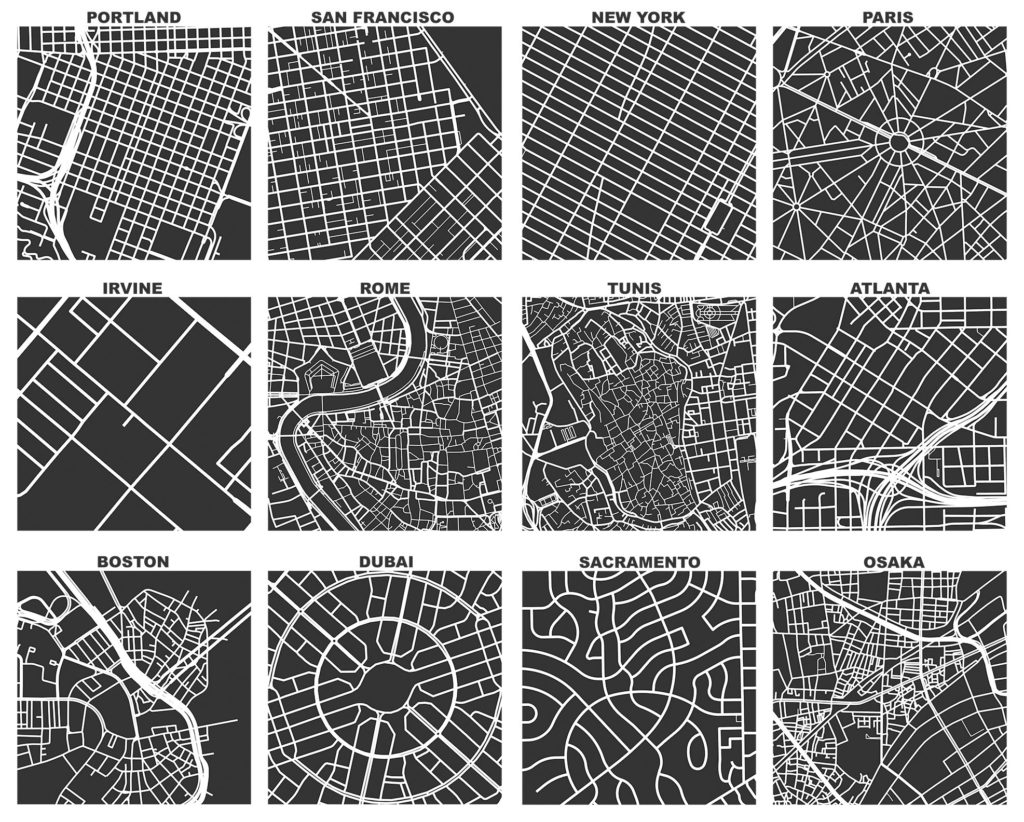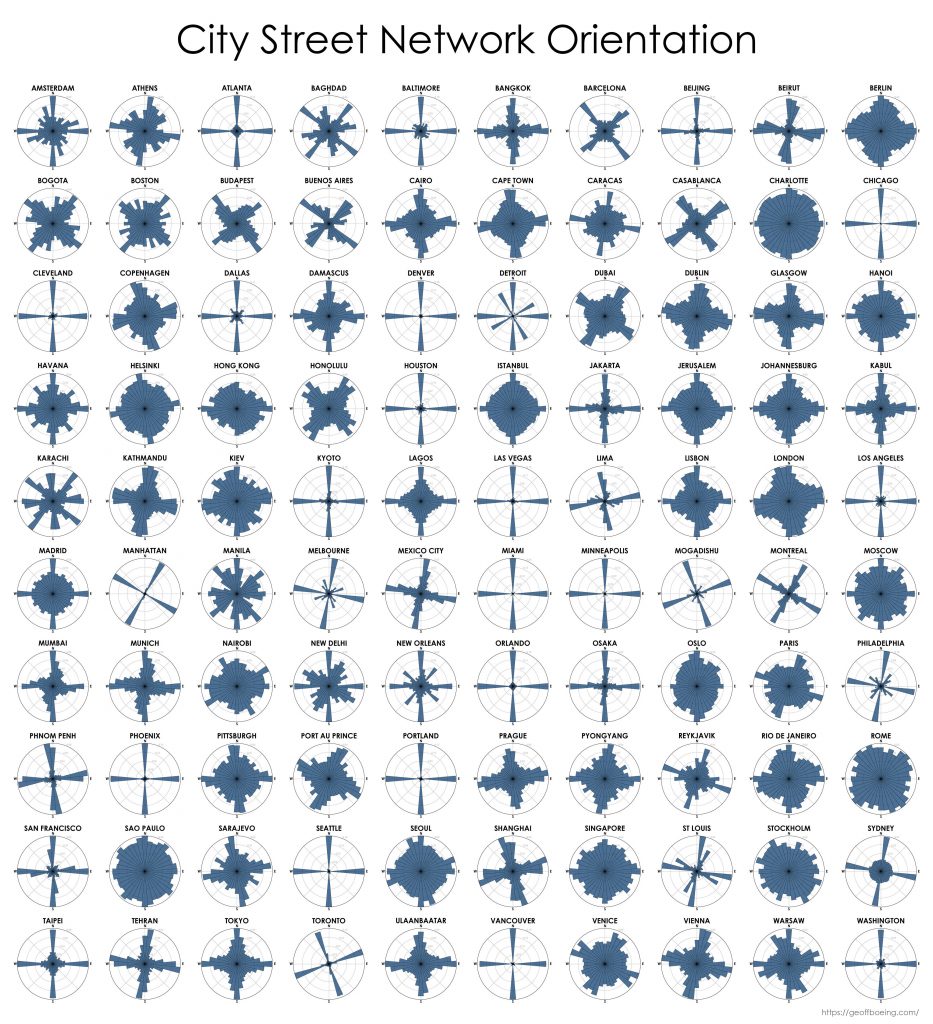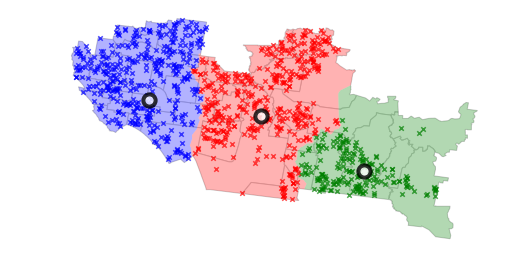OSMnx underwent a major overhaul this summer, with the development of several new features, improvements, and optimizations. This project concluded yesterday with the release of v0.16.0.
This post briefly summarizes what’s changed since the previous mid-summer updates. It covers the new k shortest paths solver, auto-selecting the first polygon when geocoding, better conversion of graph types, and the new geometries module that lets you flexibly download any OSM geospatial objects as a geopandas GeoDataFrame.


